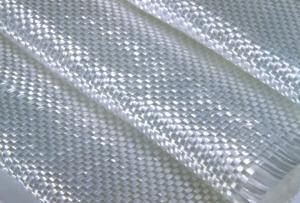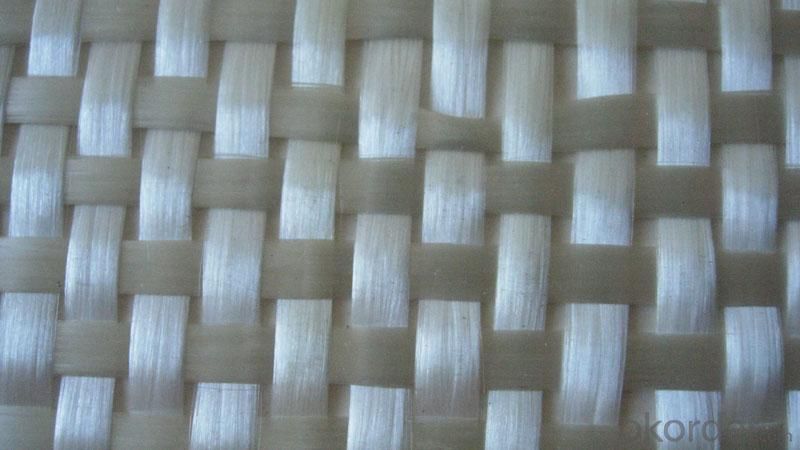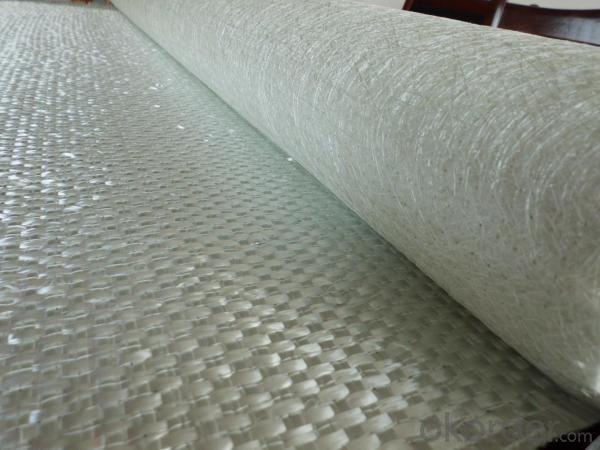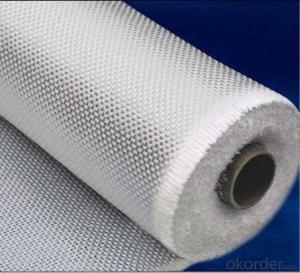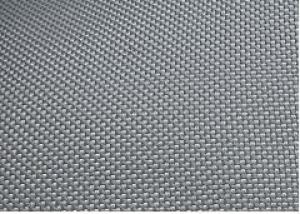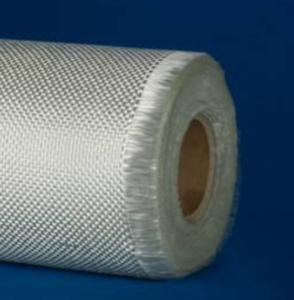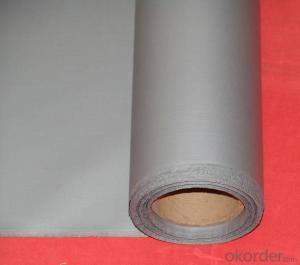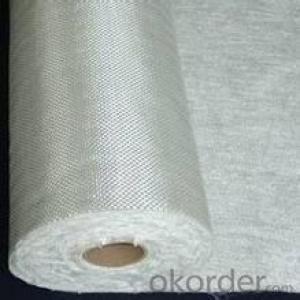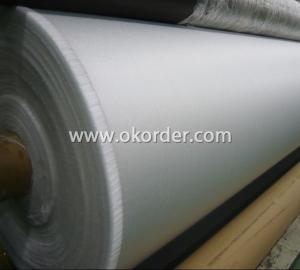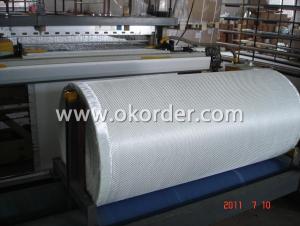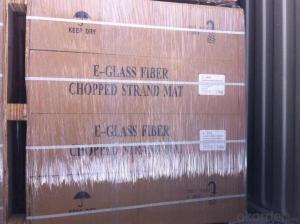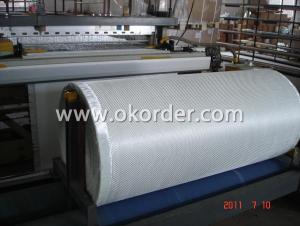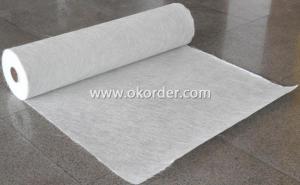Fiberglass Biaxial Fabric
- Loading Port:
- China Main Port
- Payment Terms:
- TT or LC
- Min Order Qty:
- 2Ton kg
- Supply Capability:
- 100Ton Per Month kg/month
OKorder Service Pledge
OKorder Financial Service
You Might Also Like
Application of Fiberglass Biaxial Fabric
Model: 100-200KN
Tensile Strength(KN/M): warp direction: aa100
Elongation: aa4%
Mesh Size: 25.4*25.4mm
Introduction of Fiberglass Biaxial Fabric
fiberglass biaxial fabric have excellent designable Character and great combination character with mat.
fiberglass geogrid is a kind of excellent geosynthetics for the reinforcement of road surface and basement.
Biaxial and multiaxial fabric consists of two or more layers roving fiberglass at different orientations (0, 90, +45, -45), which are stitched together by fine polymer yarn. Standard configurations include biaxial (0,90), (+45,-45), traxial(0,+45,-45) or (90, +45, -45) and multiaxial (0,90,+45,-45).Because of its excellent designable ability and great combination character with mat perfectly, it is omnipotent with any complex FRP/Composites products needing reinforcement. For instance, wind turbine blade,shipbuilding industry, auto industry, sports apparatus, medical apparatus, the furniture, etc.
Specification of Fiberglass Biaxial Fabric
| STYLE | MASS | MASS | LENGTH | WIDTHcm | WEIGHT | RESIN COMPATIBILITY |
EB450 (0/90) | 450 | 13.3 | 110 | 100 | 49.5 | UP or Epoxy resin |
EB600(0/90) | 600 | 17.7 | 80 | 100 | 48.0 | UP or Epoxy resin |
EB700(0/90) | 700 | 20.6 | 70 | 100 | 49.0 | UP or Epoxy resin |
EB800(0/90) | 800 | 23.6 | 60 | 100 | 48.0 | UP or Epoxy resin |
EB950(0/90) | 950 | 26.5 | 50 | 100 | 47.5 | UP or Epoxy resin |
EB1000(0/90) | 1000 | 29.5 | 50 | 100 | 50.0 | UP or Epoxy resin |
EB1200(0/90) | 1200 | 35.4 | 40 | 100 | 48 | UP or Epoxy resin |
EU400(45/-45) | 400 | 11.8 | 100 | 127 | 50.8 | UP or Epoxy resin |
EU600(45/-45) | 600 | 17.7 | 65 | 127 | 49.5 | UP or Epoxy resin |
ETW750(45/-45/90) | 750 | 22.1 | 50 | 127 | 47.6 | UP or Epoxy resin |
ETL800(0/45/-45) | 800 | 23.6 | 50 | 127 | 50.8 | UP or Epoxy resin |
EMU900(0/45/90/-45) | 900 | 26.5 | 50 | 127 | 57.2 | UP or Epoxy resin |
Note of Fiberglass Biaxial Fabric
Normally the width is 127cm,it can be cut to any width according to the customers requirements. We can also combinate the chopped strand mat.
Packing of Fiberglass Biaxial Fabric:
Each roll covered by polyethylene plastic bag,then placed into cardboard box. Cardboard box size: 1000mm×260mm×260mm,also can be set on pallet, Each pallet vertical stack 16 cardboard boxes which sizing: 1120mm×1120mm×1150mm.
Storage of Fiberglass Biaxial Fabric:
Product shall be placed under dryness condition and shall not be opened the covering membrane until applying.
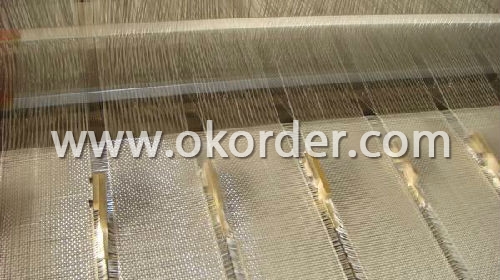
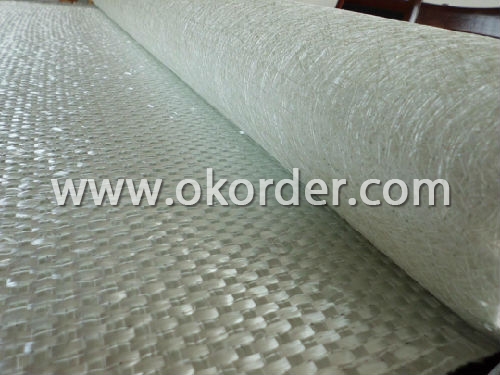
- Q: Can fiberglass fabrics be used for clothing or fashion purposes?
- Fiberglass fabrics are not typically worn in everyday life, but they can be utilized for clothing and fashion purposes. They possess qualities such as strength, durability, and resistance to heat and chemicals, making them suitable for various applications in the fashion industry. For instance, they can be employed in crafting protective clothing for industrial workers or firefighters. Moreover, they can serve as a constituent in specialized sportswear, like helmets or shin guards. In high fashion, fiberglass fabrics can be integrated into designs to produce unique and cutting-edge garments. Nevertheless, it is crucial to note that direct contact with these fabrics may cause skin irritation. Thus, appropriate precautions and lining materials must be employed to ensure comfort and safety.
- Q: Can fiberglass fabric be used for making backpacks or luggage?
- Yes, fiberglass fabric can be used for making backpacks or luggage. Fiberglass fabric is known for its strength and durability, making it an excellent choice for creating sturdy and long-lasting bags. It is lightweight, resistant to tear and abrasion, and can withstand heavy loads. Additionally, fiberglass fabric is often used in industries where strength and durability are essential, such as aerospace and automotive, further highlighting its suitability for backpacks and luggage. However, it is worth noting that fiberglass fabric may not be as flexible or moldable as other materials, so it may be more suitable for rigid or structured bag designs rather than soft or collapsible styles.
- Q: How do fiberglass fabrics perform in terms of stretch or elasticity?
- Fiberglass fabrics do not possess significant stretch or elasticity compared to other fabrics. Due to their composition of glass fibers, they tend to be rigid and stiff. This lack of stretch or elasticity makes fiberglass fabrics ideal for applications where dimensional stability and resistance to stretching are desired, such as in the construction industry for reinforcing materials or in the manufacturing of composites. However, if stretch or elasticity is a requirement for a specific application, other fabric options like spandex or elastane would be more suitable.
- Q: How is fiberglass fabric printed?
- Fiberglass fabric is typically printed using a process called screen printing. In this method, a mesh screen is used to transfer ink onto the fabric, creating the desired design or pattern. The screen is prepared by blocking out areas that are not to be printed, and then ink is pushed through the screen onto the fabric using a squeegee. This allows for precise and durable printing on fiberglass fabric.
- Q: How does fiberglass fabric handle UV exposure?
- Fiberglass fabric is known for its excellent resistance to UV exposure. The material is made by weaving together fine strands of glass, which are inherently resistant to damage from the sun's ultraviolet rays. This means that fiberglass fabric can withstand prolonged exposure to sunlight without experiencing significant degradation or weakening. The glass fibers in fiberglass fabric are typically coated with a protective layer, such as a resin or polymer, which further enhances its UV resistance. This coating acts as a barrier, shielding the glass fibers from direct contact with the UV rays and preventing any potential damage. Additionally, the coating helps to maintain the fabric's strength and integrity over time, even when exposed to harsh sunlight. As a result of its UV resistance, fiberglass fabric is commonly used in outdoor applications where exposure to sunlight is expected. It is often used in the construction industry for roofing, insulation, and cladding, as well as in the automotive sector for various exterior components. The fabric's ability to withstand UV exposure makes it a durable and long-lasting choice for these applications. However, it is important to note that while fiberglass fabric is highly resistant to UV rays, it is not completely immune to their effects. Prolonged and intense exposure to sunlight can eventually lead to some minor degradation, such as fading or discoloration. This is a natural process that occurs over an extended period of time and does not significantly impact the fabric's structural integrity or performance. To maintain the longevity of fiberglass fabric when exposed to UV rays, it is recommended to apply a protective coating or finish specifically designed for UV protection. Regular cleaning and maintenance can also help to prolong the fabric's lifespan and ensure its continued resistance to UV exposure.
- Q: Roof with a single group of waterproof coating and glass fiber cloth done, but the past is still in the seam water seepage, how should remediation?
- Without plugging king, deep 2CM can clean up the gap, using block gap ointment caulking first brush a waterproof coating and sealing, and waterproof paint.
- Q: Is fiberglass fabric resistant to chemicals in chemical processing plants?
- Yes, fiberglass fabric is highly resistant to a wide range of chemicals commonly found in chemical processing plants. It is known for its excellent chemical resistance, making it a suitable choice for various applications in the industry.
- Q: Can fiberglass fabric be used for insulation in HVAC ducts?
- Yes, fiberglass fabric can be used for insulation in HVAC ducts. Fiberglass fabric is a commonly used material for insulating HVAC ducts due to its excellent thermal insulation properties. It helps to prevent heat loss or gain by providing a barrier between the ducts and the surrounding environment. Additionally, fiberglass fabric is lightweight, flexible, and easy to install, making it an ideal choice for insulating ductwork. It can effectively reduce energy consumption and improve the overall efficiency of HVAC systems. Moreover, fiberglass fabric is resistant to high temperatures, moisture, and chemicals, ensuring long-term durability and performance in HVAC applications.
- Q: How is fiberglass fabric tested for quality assurance?
- Fiberglass fabric is rigorously tested to ensure its quality and performance. Several methods are employed during the quality assurance process to assess the fabric's properties and suitability for various applications. One of the primary tests conducted on fiberglass fabric is the tensile strength test. This test measures the fabric's ability to resist forces that tend to pull it apart. Tensile testing machines apply controlled loads to the fabric until it breaks, allowing for the determination of its maximum tensile strength. This test is crucial in assessing the fabric's durability and suitability for applications that involve high stress or load-bearing requirements. Another important test is the tear strength test, which measures the fabric's resistance to tearing or propagating a tear. In this test, a sample of the fiberglass fabric is subjected to a constant force, gradually tearing it apart. The force required to tear the fabric provides insight into its toughness and ability to withstand tearing forces, which is especially important in applications where the fabric may encounter sharp objects or abrasive conditions. Fiberglass fabric is also tested for its dimensional stability. This involves subjecting the fabric to extreme temperature variations and measuring its ability to maintain its shape and size. This test ensures that the fabric can withstand environmental conditions without shrinking or expanding, which is particularly crucial for applications that involve temperature fluctuations. Additionally, fiberglass fabric undergoes tests to evaluate its resistance to chemicals, moisture, and UV radiation. Chemical resistance tests involve exposing the fabric to various chemicals and evaluating its reaction, ensuring its suitability for applications where it may come into contact with corrosive substances. Moisture resistance tests assess the fabric's ability to repel water and resist mold or mildew growth. UV resistance tests determine the fabric's ability to withstand prolonged exposure to sunlight without experiencing degradation or loss of mechanical properties. Furthermore, the flame resistance of fiberglass fabric is assessed through flame tests. These tests involve exposing the fabric to a controlled flame and measuring its ability to self-extinguish or resist burning. Flame-resistant fiberglass fabric is essential for applications where fire hazards are present, ensuring the safety of individuals and the protection of property. Overall, fiberglass fabric undergoes a comprehensive range of tests to ensure its quality and suitability for various applications. By evaluating properties such as tensile strength, tear strength, dimensional stability, chemical resistance, moisture resistance, UV resistance, and flame resistance, manufacturers can provide high-quality fiberglass fabric that meets the specific requirements of different industries and applications.
- Q: Glass steel can be embedded parts
- The embedded pre made for shape paste fixed, glass steel products produced last procedure to do embedded parts can.
1. Manufacturer Overview
| Location | Shanghai,China |
| Year Established | 2006 |
| Annual Output Value | Above US$20 Million |
| Main Markets | Mid East;Western Europe;North America:South American |
| Company Certifications |
2. Manufacturer Certificates
| a) Certification Name | |
| Range | |
| Reference | |
| Validity Period |
3. Manufacturer Capability
| a) Trade Capacity | |
| Nearest Port | Shanghai |
| Export Percentage | 70% |
| No.of Employees in Trade Department | 200 People |
| Language Spoken: | English;Chinese |
| b) Factory Information | |
| Factory Size: | Above 400,000 square meters |
| No. of Production Lines | Above 15 |
| Contract Manufacturing | Average |
| Product Price Range | OEM Service Offered;Design Service Offered |
Send your message to us
Fiberglass Biaxial Fabric
- Loading Port:
- China Main Port
- Payment Terms:
- TT or LC
- Min Order Qty:
- 2Ton kg
- Supply Capability:
- 100Ton Per Month kg/month
OKorder Service Pledge
OKorder Financial Service
Similar products
Hot products
Hot Searches
Related keywords

